Home>Storage Ideas>Kitchen Storage>Kitchen Lighting Rules: 5 Strategies For The Perfect Results
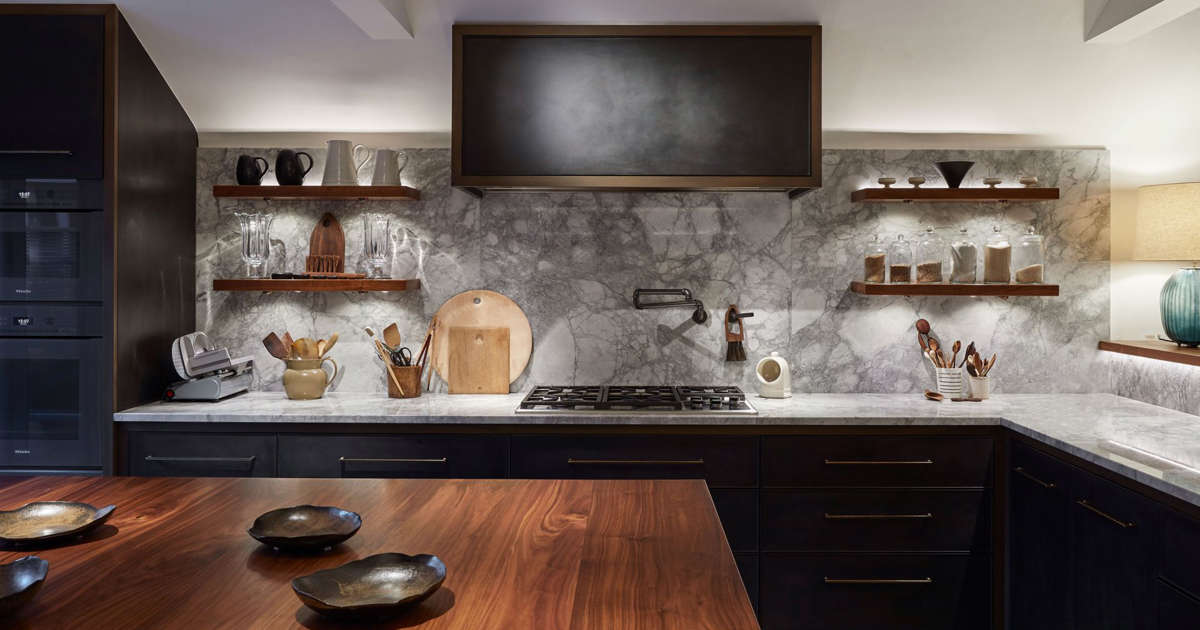

Kitchen Storage
Kitchen Lighting Rules: 5 Strategies For The Perfect Results
Modified: January 5, 2024
Discover 5 essential strategies for perfect kitchen lighting. Transform your space with these tried-and-true rules. Explore more kitchen storage ideas for maximum organization.
(Many of the links in this article redirect to a specific reviewed product. Your purchase of these products through affiliate links helps to generate commission for Storables.com, at no extra cost. Learn more)
Introduction
Welcome to our guide on kitchen lighting rules! The right lighting can completely transform the look and feel of your kitchen, making it not only functional but also beautiful. Whether you’re renovating your kitchen or just want to spruce up the lighting, these strategies will help you achieve the perfect results.
Kitchen lighting serves two essential purposes: functionality and aesthetics. It’s important to strike a balance between the two to create a space that is both practical and visually appealing. From layering the lighting to incorporating different types of fixtures, we’ll dive into the key strategies that will revolutionize your kitchen’s lighting.
Before we dive into the details, it’s important to note that the lighting in your kitchen should be adaptable to different situations. From cooking a romantic dinner to hosting a lively gathering, your lighting should be versatile enough to suit all needs. Now, let’s explore the five strategies that will help you achieve the perfect kitchen lighting.
Key Takeaways:
- Transform your kitchen with the perfect lighting by layering ambient, task, and accent lighting. Create a harmonious and functional space adaptable to any occasion, from cooking to hosting gatherings.
- Elevate your kitchen’s ambiance with dimmers and controls, allowing you to customize lighting for different activities and moods. Infuse your personal style into a well-lit and visually stunning space.
Strategy 1: Layering the Lighting
One of the most important aspects of kitchen lighting is layering. Layering involves combining different types of lighting to create a well-rounded and balanced lighting scheme. By incorporating multiple layers of light, you can enhance both functionality and ambiance in your kitchen.
The first layer of lighting is ambient lighting. This serves as the overall illumination of the space and provides a general level of brightness. It can be achieved through recessed or track lighting fixtures that are placed strategically to evenly distribute light throughout the kitchen. Ambient lighting helps to eliminate shadows and create a bright and inviting atmosphere.
The second layer of lighting is task lighting. Task lighting is crucial for specific activities that require focused and concentrated light. This includes activities such as food preparation, cooking, and reading recipes. Under-cabinet lighting, pendant lights, and strip lights are all excellent options for task lighting in the kitchen. It’s essential to place task lighting fixtures in areas where they will effectively illuminate the work surfaces, such as over the countertops and stove.
The third layer of lighting is accent lighting. Accent lighting is used to highlight specific areas or objects in your kitchen, such as artwork, architectural features, or decorative elements. It adds depth and visual interest to the space. For accent lighting, consider using spotlights, track lighting, or even LED strip lights. By strategically placing accent lighting fixtures, you can create a focal point and draw attention to specific elements in your kitchen.
By combining all three layers of lighting – ambient, task, and accent – you achieve a harmonious and multi-functional lighting scheme. The layers work together to provide the necessary illumination for various tasks while creating a visually appealing ambiance.
Keep in mind that layering the lighting doesn’t have to be complicated or expensive. Start by assessing the current lighting situation in your kitchen and identify areas where each layer is needed. Experiment with different fixtures and positioning until you achieve the desired effect. Remember, the goal is to create a well-lit space that caters to your functional and aesthetic needs.
Now that we’ve covered the importance of layering the lighting, let’s move on to our next strategy: task lighting.
Strategy 2: Task Lighting
When it comes to kitchen lighting, task lighting is a crucial element that shouldn’t be overlooked. Task lighting aims to provide focused and bright illumination for specific activities in the kitchen, such as food preparation, cooking, and reading recipes. By incorporating task lighting, you can ensure that your workspace is well-lit and functional.
One popular option for task lighting in the kitchen is under-cabinet lighting. These fixtures are installed underneath the cabinets, directly above the countertops, to provide direct light where it’s most needed. Under-cabinet lighting can come in the form of LED strip lights, puck lights, or linear light bars. These fixtures not only illuminate the work surface but also create a visually appealing glow that enhances the overall ambiance of the kitchen.
Another excellent option for task lighting is pendant lights. Pendant lights can be installed above the kitchen island or breakfast bar, providing focused light for tasks such as chopping vegetables or enjoying a meal. They come in a variety of styles and designs, allowing you to choose a fixture that complements your kitchen’s aesthetic.
When selecting task lighting fixtures, it’s important to consider the color temperature of the bulbs. Opt for bulbs with a color temperature between 2700K to 3000K, to create a warm and inviting atmosphere. Additionally, ensure that the light output is bright enough to adequately illuminate your workspace without causing any glare.
Flexibility is key when it comes to task lighting. Consider incorporating adjustable fixtures that can be swiveled or tilted to direct light where it’s needed. This allows you to adapt the lighting to different tasks and ensure that you have the perfect amount of illumination at all times.
Aside from functionality, task lighting can also contribute to the overall design aesthetic of your kitchen. Choose fixtures that complement the style and theme of your kitchen, whether it’s modern, farmhouse, or minimalist. By carefully selecting the right task lighting fixtures, you can enhance the visual appeal of your space while ensuring that it remains highly functional.
Incorporating task lighting into your kitchen not only improves visibility and functionality but also adds a layer of sophistication and style. Whether it’s under-cabinet lighting or pendant lights, make sure to prioritize task lighting in your kitchen lighting design for a well-lit and efficient workspace.
With task lighting covered, let’s move on to our next strategy: ambient lighting.
Strategy 3: Ambient Lighting
Ambient lighting plays a crucial role in setting the overall mood and atmosphere of your kitchen. It serves as the primary source of illumination, providing a comfortable level of brightness throughout the space. Incorporating ambient lighting is essential for creating a warm and inviting environment in your kitchen.
One of the most common types of ambient lighting in the kitchen is recessed lighting. These fixtures are installed into the ceiling and provide a soft, uniform glow that fills the entire room. Recessed lights are versatile and can be positioned strategically to evenly distribute light. They also create a clean and minimalist look, making them a popular choice for modern kitchen designs.
An alternative to recessed lighting is track lighting. Track lighting consists of multiple adjustable fixtures mounted on a track, allowing you to direct the light in different directions. This type of lighting is not only functional but also adds a touch of contemporary style to your kitchen.
Another option for ambient lighting is pendant lighting. Pendant lights are suspended from the ceiling and can provide both ambient and task lighting depending on their positioning and brightness. They come in various shapes, sizes, and designs, making it easy to find a pendant light that matches your kitchen’s decor.
When choosing bulbs for your ambient lighting fixtures, consider opting for warm white or soft white bulbs with a color temperature around 3000K. These bulbs create a cozy and inviting atmosphere, perfect for family gatherings or intimate dinners.
In addition to the primary ambient lighting fixtures, you can also enhance the ambiance of your kitchen by incorporating indirect lighting. This can be achieved through the use of LED strip lights or rope lights installed above cabinets or along the baseboards. Indirect lighting creates a soft and subtle glow, adding depth and dimension to your kitchen’s overall lighting scheme.
Remember, the key to successful ambient lighting is to achieve a balance between functionality and ambiance. The lighting should be bright enough to ensure visibility and ease of movement, while also creating a warm and welcoming atmosphere. By carefully selecting and positioning your ambient lighting fixtures, you can transform your kitchen into a space that is both functional and aesthetically pleasing.
Now that we’ve explored the importance of ambient lighting, let’s move forward to our next strategy: accent lighting.
Consider layering your kitchen lighting by combining ambient, task, and accent lighting to create a well-lit and functional space. This will ensure that you have the perfect lighting for any task or mood in the kitchen.
Strategy 4: Accent Lighting
Accent lighting is a fantastic way to add depth, drama, and visual interest to your kitchen. It is used to highlight specific areas, objects, or architectural features, creating a focal point and adding a touch of elegance to the space. Incorporating accent lighting into your kitchen design can truly elevate its overall aesthetic.
One popular option for accent lighting is spotlights or track lighting. These fixtures can be adjusted to direct light onto a specific area or object, such as a piece of artwork, a beautiful backsplash, or a decorative display. Spotlights with adjustable heads allow you to easily highlight different elements in your kitchen as desired.
Cabinet lighting is another excellent way to incorporate accent lighting. By installing LED strip lights beneath your upper cabinets or even inside glass-front cabinets, you can create a soft and subtle glow that showcases your glassware or other decorative items. This not only adds visual interest but also creates a warm and inviting ambiance in your kitchen.
If you have open shelving in your kitchen, consider installing small, discreet puck lights to illuminate the shelves. This will not only showcase your dishes and other kitchenware but also add a touch of sophistication to the overall design.
Don’t forget about your kitchen island! Pendant lights are a popular choice for accent lighting in this area. The pendant lights can serve as a statement piece or a stylish focal point while also providing additional illumination for the island countertop.
When selecting bulbs for your accent lighting fixtures, consider using bulbs with a cooler color temperature, such as daylight or cool white bulbs. These bulbs create a crisp and vibrant light that perfectly highlights the featured areas or objects in your kitchen.
Remember, accent lighting is all about creating visual interest and enhancing the overall ambiance of your kitchen. It adds an extra layer of sophistication and personality to your space. By carefully selecting and positioning your accent lighting fixtures, you can transform your kitchen into a visually stunning and inviting environment.
Now that we’ve explored accent lighting, let’s move on to our final strategy: dimmers and controls.
Read more: Kitchen Space Distance Rules
Strategy 5: Dimmers and Controls
Dimmers and controls are the final touch that can truly elevate your kitchen lighting experience. They allow you to adjust the brightness levels to suit various activities, moods, and occasions. Incorporating dimmers and controls into your kitchen lighting design provides you with flexibility and control over the ambiance of the space.
Installing dimmer switches for your kitchen lighting fixtures allows you to easily adjust the intensity of the light. This is especially useful during meal times or when you want to create a cozy atmosphere for entertaining guests. Dimming the lights can create a warm and inviting ambiance, perfect for intimate gatherings or a romantic dinner.
Using dimmers for task lighting is also beneficial. When preparing meals or reading recipes, you may want bright and focused light. Dimming the task lights can help reduce eye strain and create a more comfortable working environment. You can easily transition from bright task lighting to subtle ambient lighting with the simple adjustment of a dimmer switch.
Consider installing smart lighting controls that allow you to control your kitchen lighting with ease. With smart lighting systems, you can program different lighting scenes for different activities, such as cooking, dining, or hosting a party. You can also control the lighting remotely using your smartphone or voice commands, adding convenience and versatility to your kitchen lighting.
In addition to dimmers, consider incorporating lighting controls that allow you to control different groups of lights separately. This allows you to customize the lighting in different areas of your kitchen according to your needs. For example, you can have one set of lights for the dining area, another for the cooking area, and another for the island.
By having control over various lighting zones in your kitchen, you can create different moods and atmospheres at different times of the day or for different occasions. It gives you the ability to tailor the lighting to your specific needs, making your kitchen a more functional and enjoyable space.
Remember, dimmers and controls are the final touch that brings your kitchen lighting design to life. By incorporating dimmers, smart lighting controls, and separate lighting zones, you can personalize and optimize the lighting in your kitchen to create the perfect ambiance for any situation.
As we conclude our guide on kitchen lighting rules, we hope that these strategies have provided you with valuable insights and inspiration to enhance your kitchen’s lighting. Remember to experiment, have fun, and create a space that is not only well-lit but also reflects your personal style and preferences.
Conclusion
In conclusion, creating the perfect kitchen lighting requires a thoughtful approach that balances functionality and aesthetics. By following these five strategies – layering the lighting, incorporating task lighting, utilizing ambient lighting, adding accent lighting, and incorporating dimmers and controls – you can transform your kitchen into a well-lit and visually appealing space.
Layering the lighting by combining ambient, task, and accent lighting creates a harmonious and multi-functional lighting scheme. Task lighting provides focused illumination for specific activities, while ambient lighting sets the overall mood and atmosphere of the kitchen. Accent lighting adds depth and visual interest by highlighting specific areas or objects, and dimmers and controls allow you to adjust the lighting levels to suit different occasions and moods.
Remember to consider the color temperature and output of the bulbs when selecting your lighting fixtures. Warm white or soft white bulbs create a cozy and inviting ambiance, while cooler color temperatures offer a vibrant and crisp light for showcasing specific elements in your kitchen.
Flexibility and adaptability are key when it comes to kitchen lighting. Your lighting design should be able to cater to different tasks, activities, and situations, whether it’s cooking a meal, hosting a gathering, or creating a romantic ambiance for a special occasion.
By paying attention to the details and infusing your kitchen lighting design with your personal style, you can create a space that is not only functional but also reflects your unique taste and personality.
We hope that this guide has provided you with valuable insights and inspiration for your kitchen lighting project. Remember to have fun, experiment, and create a well-lit and visually stunning kitchen that will truly enhance your cooking and dining experience.
Frequently Asked Questions about Kitchen Lighting Rules: 5 Strategies For The Perfect Results
Was this page helpful?
At Storables.com, we guarantee accurate and reliable information. Our content, validated by Expert Board Contributors, is crafted following stringent Editorial Policies. We're committed to providing you with well-researched, expert-backed insights for all your informational needs.
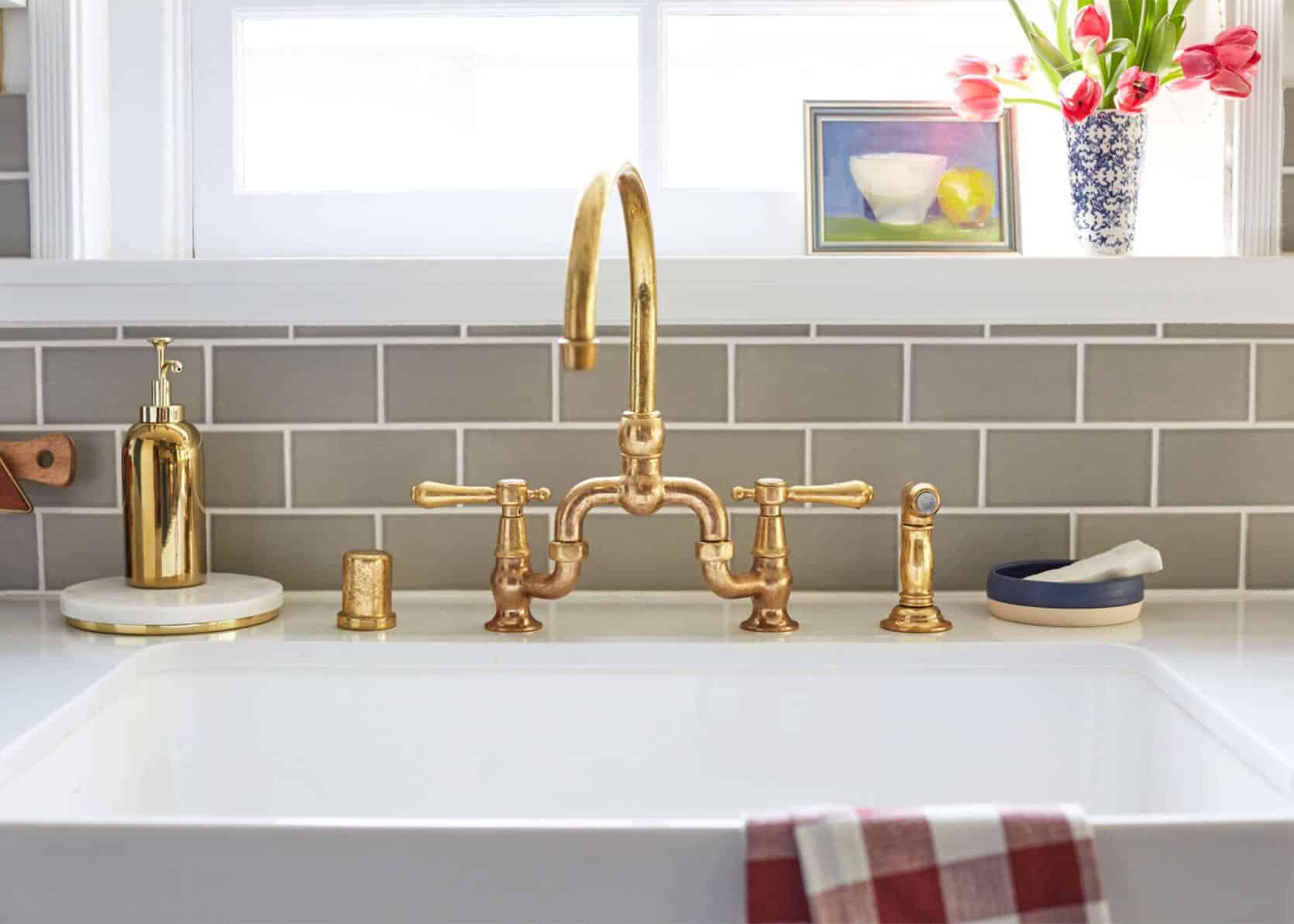


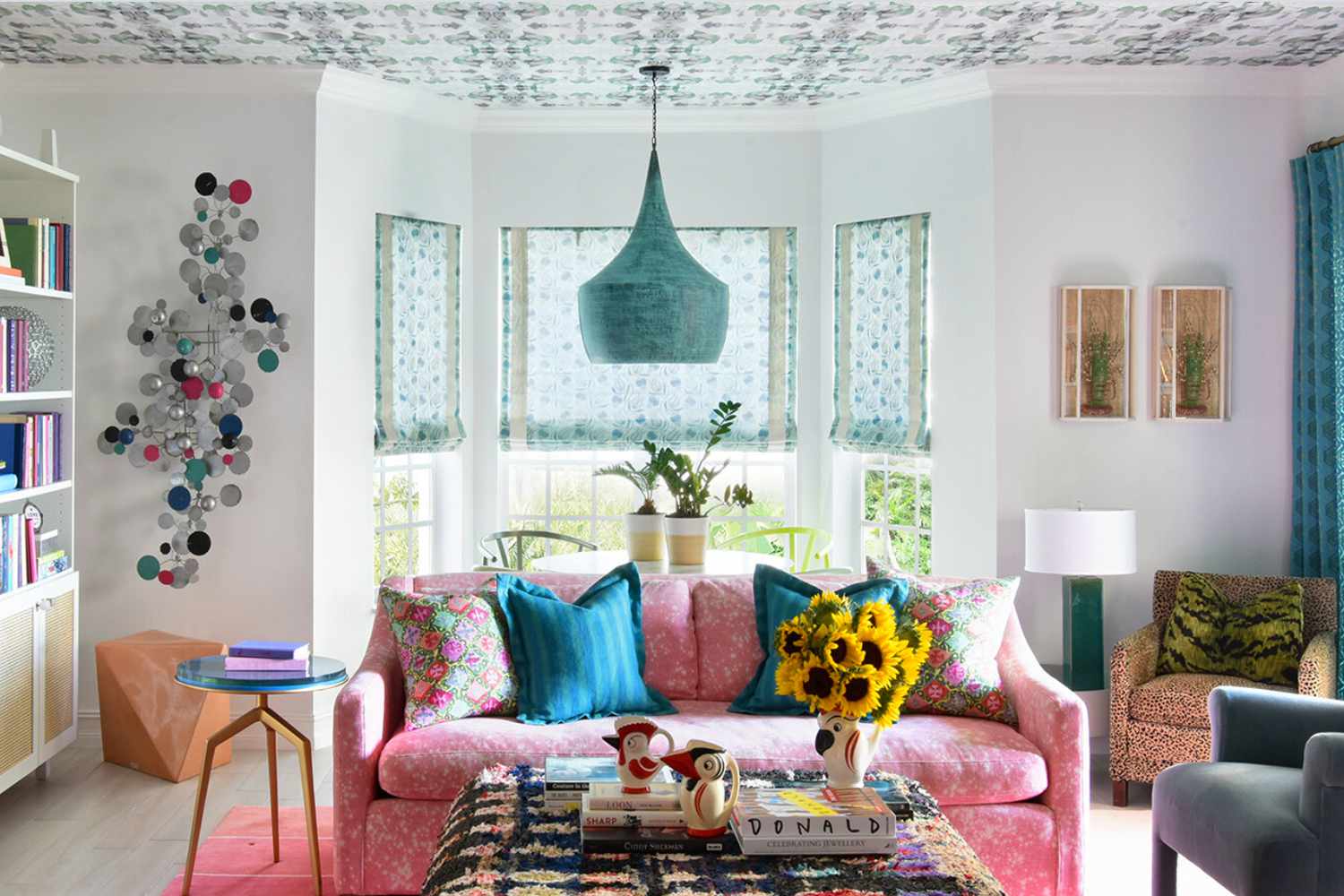
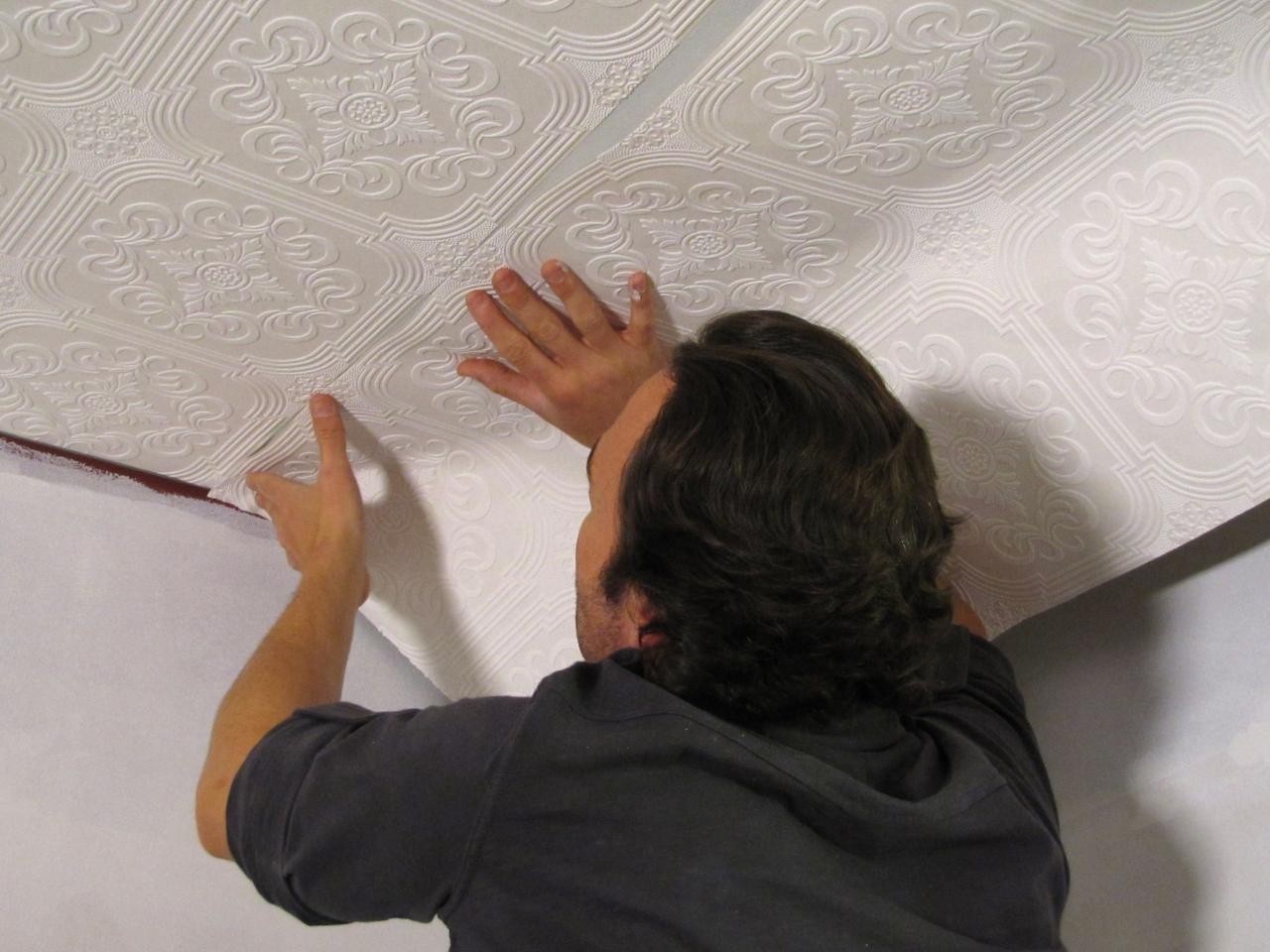

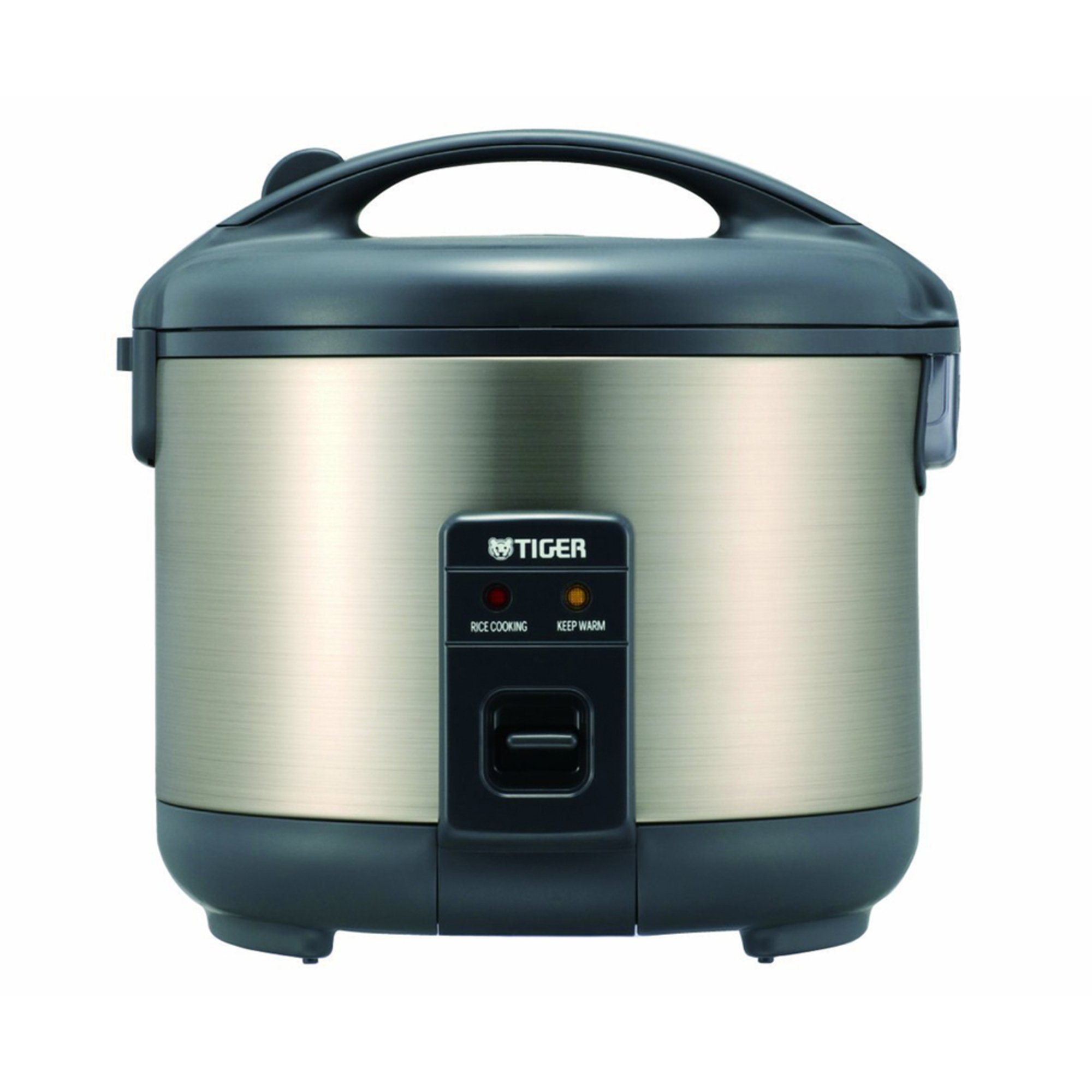
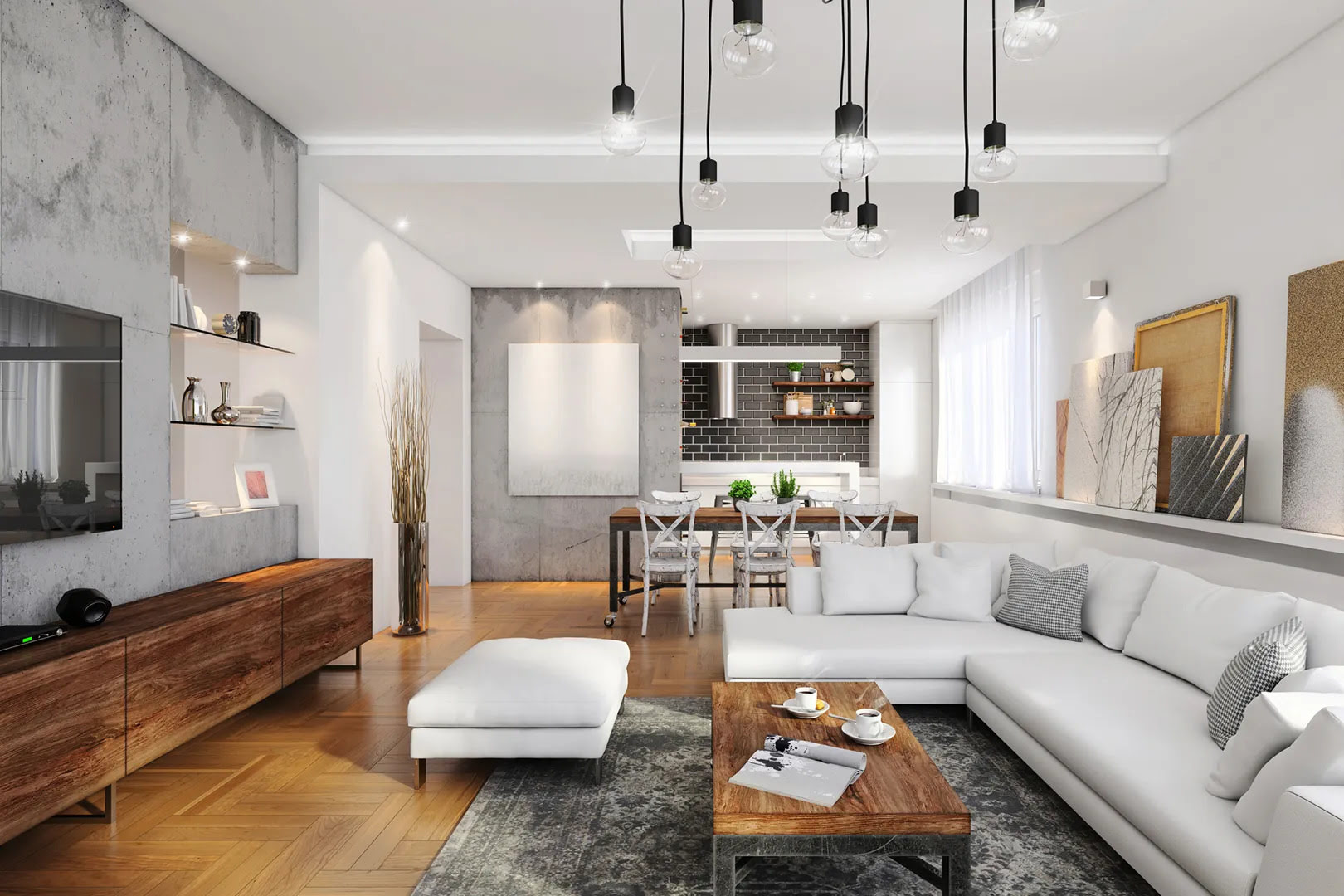
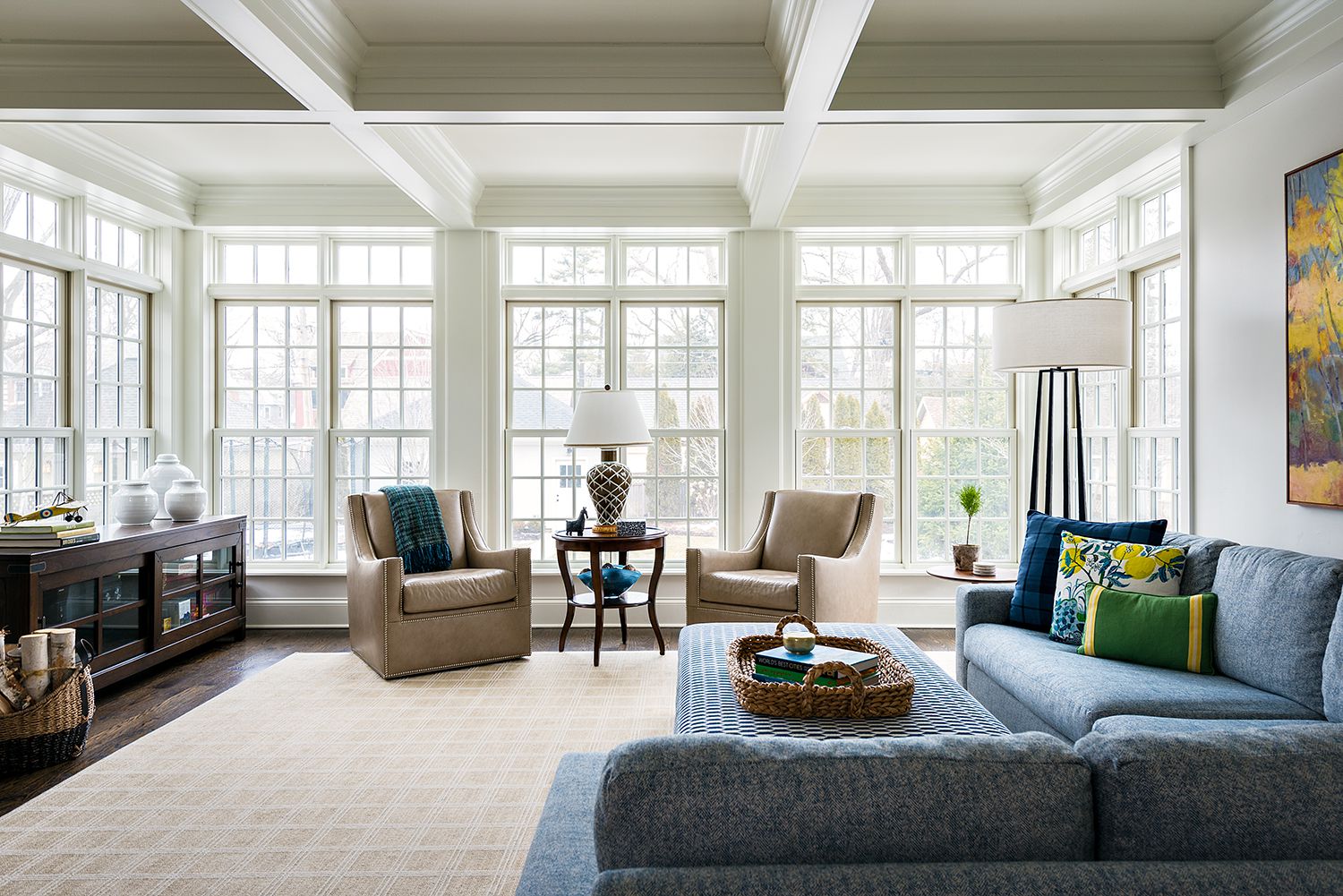
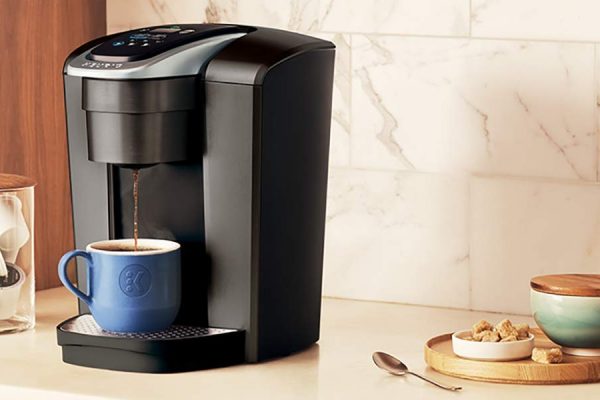


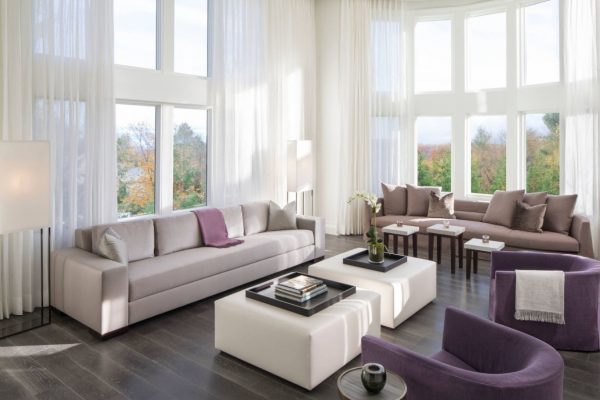
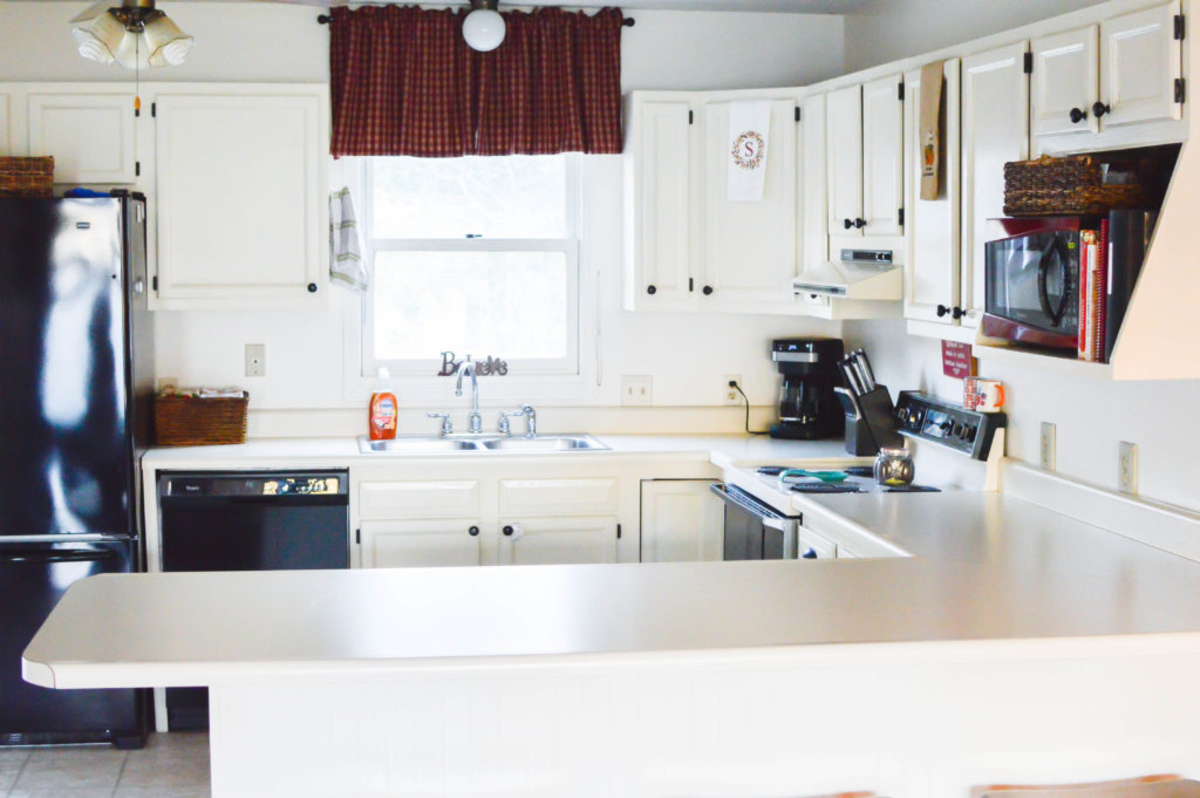

0 thoughts on “Kitchen Lighting Rules: 5 Strategies For The Perfect Results”